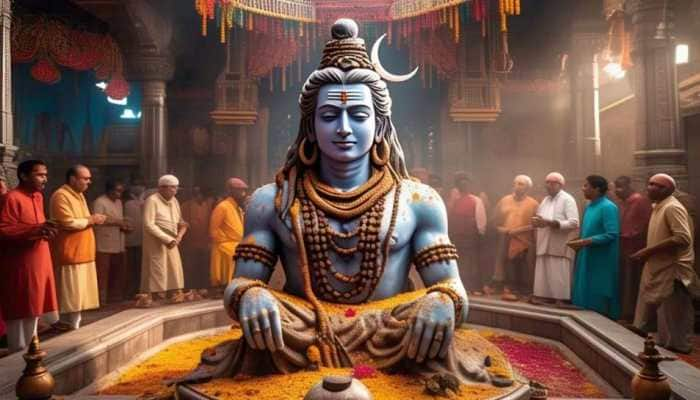Pics: A Look At India's 10 Remarkable Economic, Social And Technological Milestones Since 1947
As India celebrates its 78th Independence Day, it's time to reflect on the country's remarkable journey since 1947. From a struggling economy to a global powerhouse, India has made tremendous progress in various fields. Here are 10 key milestones that highlight India's transformation:
)
Economic Liberalization (LPG Policy 1991)

India's economic liberalization in 1991 marked a significant turning point in the country's history. The government, led by Prime Minister P.V. Narasimha Rao and Finance Minister Manmohan Singh, introduced policies to open up the economy, attract foreign investment, and boost growth. This move helped India shed its socialist shackles and embrace globalization.
Green Revolution (1960s)

The Green Revolution, led by M.S. Swaminathan and Norman Borlaug, transformed India's agricultural landscape. High-yielding crop varieties, irrigation, and fertilizers helped increase food production, making India self-sufficient in food grains. This revolution also had a positive impact on rural employment and poverty reduction.
Social Reforms (1950s-60s)
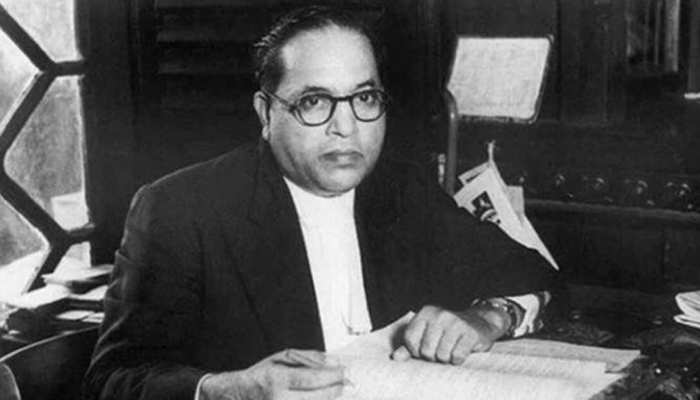
India's social reforms, introduced in the 1950s and 60s, aimed to address social and economic inequalities. Laws like the Hindu Marriage Act, Triple Talaq Act, the Dowry Prohibition Act, and the Untouchability (Offences) Act helped promote women's rights, protect minority rights, and abolish untouchability.
IT Revolution (1990s)
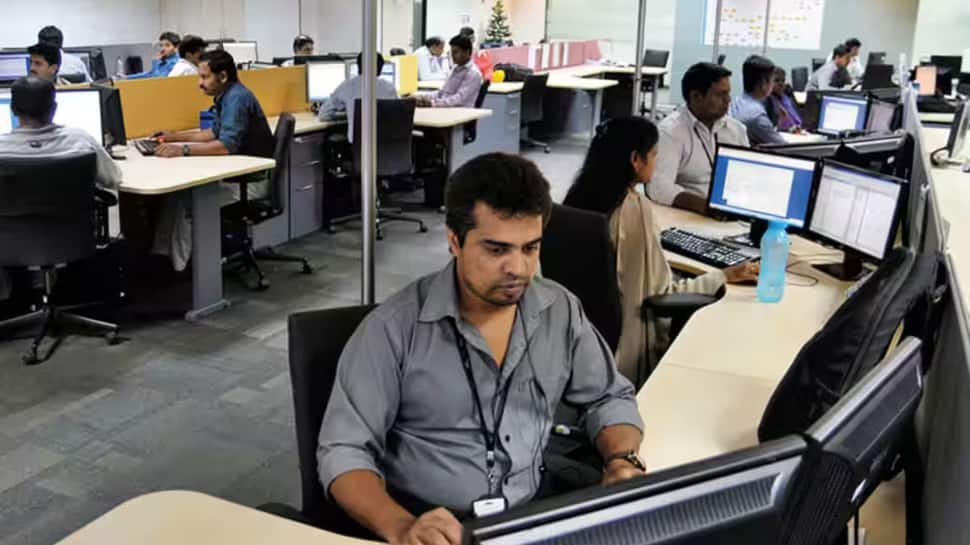
India's IT revolution began in the 1990s, with the establishment of software parks and export-oriented units. Companies like Infosys, Wipro, and TCS emerged as global leaders, leveraging India's skilled workforce and competitive costs. Today, India is a global hub for software exports and IT services.
Space Programs (1960s)
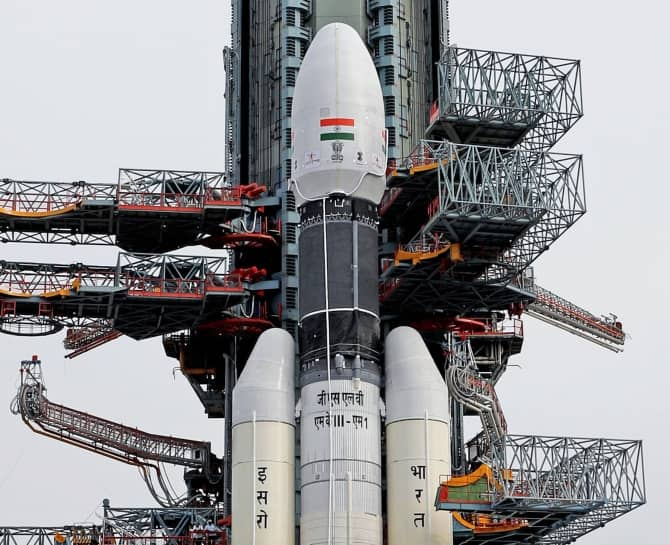
India's space program, initiated in the 1960s, has achieved remarkable success. From launching its first satellite, Aryabhata, to sending a mission to Mars, India has demonstrated its capabilities in space exploration. The space program has also led to spin-off benefits in areas like telecommunications, navigation, and weather forecasting.
Nuclear Program (1970s)
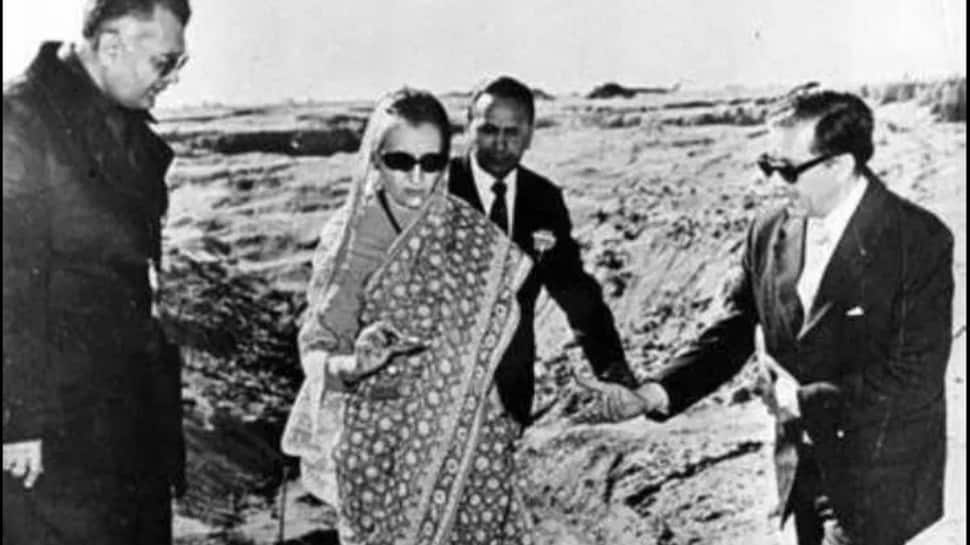
India's nuclear program, initiated in the 1970s by the then Prime Minister Indira Gandhi has established the country as a major nuclear power. The program has focused on peaceful uses of nuclear energy, with an emphasis on power generation and medical applications.
Digital India (2015)

The Digital India initiative, launched in 2015, aims to promote digital literacy, online services, and e-governance. The program has led to significant progress in areas like digital payments, online education, and healthcare services.
Startup Boom (2010s)
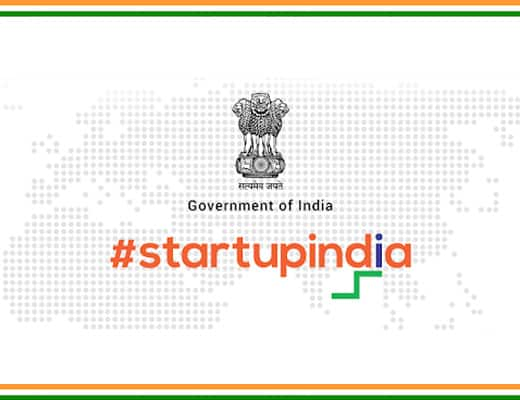
India's startup ecosystem has flourished since the 2010s, with many unicorns and successful entrepreneurs emerging. The government's Startup India initiative has provided support to startups, with measures like tax benefits, funding, and mentorship.
Introduction of GST (2017)
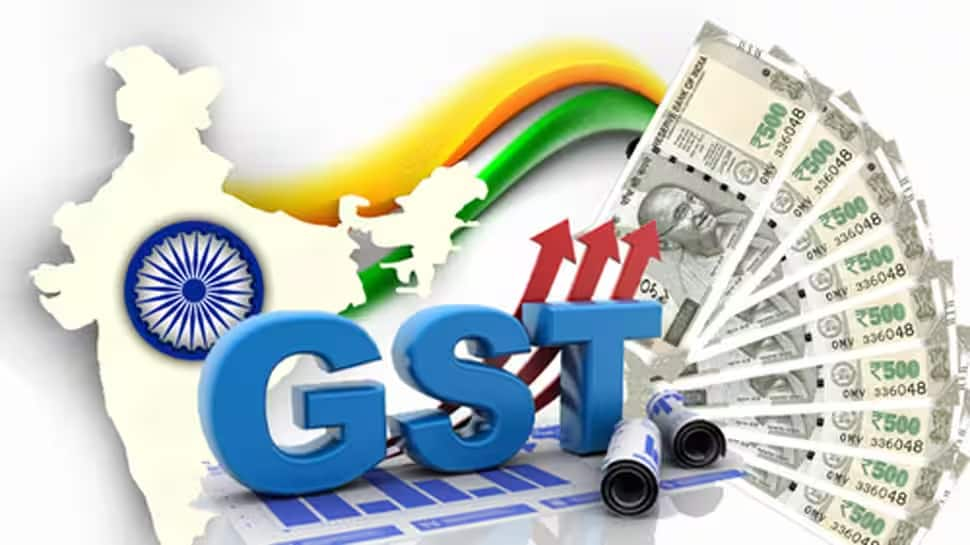
The Goods and Services Tax (GST) was a major overhaul of India’s tax system. This unified tax regime aimed to simplify the complex structure of indirect taxes, boosting ease of doing business.
Swachh Bharat Mission (2014)
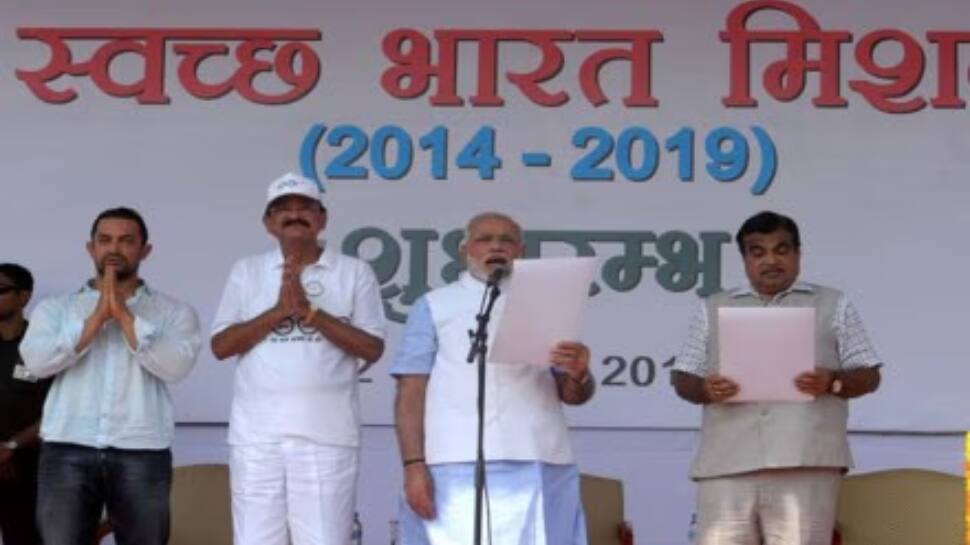
Aiming to improve sanitation and cleanliness across India, this mission has led to the construction of millions of toilets and a significant reduction in open defecation, reflecting a commitment to public health and hygiene.
Trending Photos






